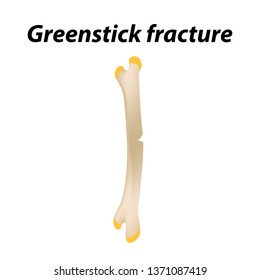Cold Laser Therapy: Misconceptions Vs. Facts
Cold Laser Therapy: Misconceptions Vs. Facts
Blog Article
Content Produce By-Henriksen McNeil
You might have heard clashing info regarding cold laser treatment, questioning what holds true and what's not. As you consider the myths versus the facts, it's vital to different misunderstandings from scientific evidence. Understanding the benefits and possible risks can aid you make informed choices concerning incorporating this innovative treatment into your medical care routine.
Common Misconceptions
Typical misunderstandings about cold laser treatment can bring about confusion and apprehension amongst clients looking for choice therapies. One common misconception is that cold laser treatment entails the use of hazardous radiation. In reality, cold laser therapy utilizes low-level laser light that doesn't produce warmth or create damage to tissues.
Another false impression is that cold laser treatment hurts, when as a matter of fact, it's a non-invasive and pain-free procedure. Some individuals additionally think that cold laser therapy is just efficient for surface-level concerns, such as skin conditions. Nevertheless, laser class four therapy treatment has revealed its performance in treating a large range of conditions, including bone and joint injuries and chronic pain.
In addition, there's a misconception that cold laser therapy produces instant outcomes after a solitary session. While smoking laser might experience relief after one therapy, a collection of sessions is normally advised for optimal results. By dispelling these misunderstandings, patients can make educated choices about including cold laser therapy into their medical care program.
Scientific Proof
Mistaken beliefs regarding cold laser therapy can be dispelled by analyzing the clinical evidence sustaining its efficacy. Many researches have explored the efficiency of cold laser therapy in numerous clinical conditions, such as pain management, tissue repair, and inflammation decrease. Research study has actually shown that cold laser therapy can aid speed up the healing process by advertising cellular fixing and boosting blood flow in the targeted location.
In a study published in the journal Pain Research study and Management, scientists located that cold laser treatment dramatically minimized pain levels in clients with chronic neck pain compared to a placebo therapy.
Another research in the Journal of Rheumatology showed the positive results of cold laser treatment in decreasing swelling and boosting joint feature in people with rheumatoid arthritis.
Benefits and Risks
What're the prospective advantages and dangers connected with cold laser treatment?
Cold laser treatment uses different advantages such as decreased inflammation, pain alleviation, and increased cells repair work. By promoting mobile feature and flow, it can aid in recovery injuries, decreasing swelling, and improving range of motion. Furthermore, this non-invasive therapy is often quick, pain-free, and calls for no downtime, making it a convenient alternative for numerous people.
Nevertheless, like any medical treatment, cold laser treatment does feature some risks. While https://claytonicwrm.eedblog.com/29943602/understanding-the-functionality-of-cold-laser-therapy-for-improved-healing , possible adverse effects may consist of light tingling, temporary skin inflammation, or a mild rise suffering. It's crucial to make certain that the therapy is carried out by a certified healthcare professional to reduce any unfavorable effects and maximize the benefits.
In addition, cold laser therapy might not appropriate for everybody, particularly people with particular medical problems or expecting ladies, so talking to a doctor before starting treatment is vital to identify its suitability for your specific circumstance.
Verdict
Finally, cold laser therapy is a secure and reliable therapy choice for bone and joint injuries and persistent discomfort problems, despite typical false impressions.
Scientific evidence supports its advantages in reducing inflammation, speeding up tissue repair service, and boosting cellular function.
While multiple sessions may be required for optimal outcomes, the non-invasive nature of cold laser treatment makes it an important therapeutic alternative for those seeking discomfort monitoring and healing.
